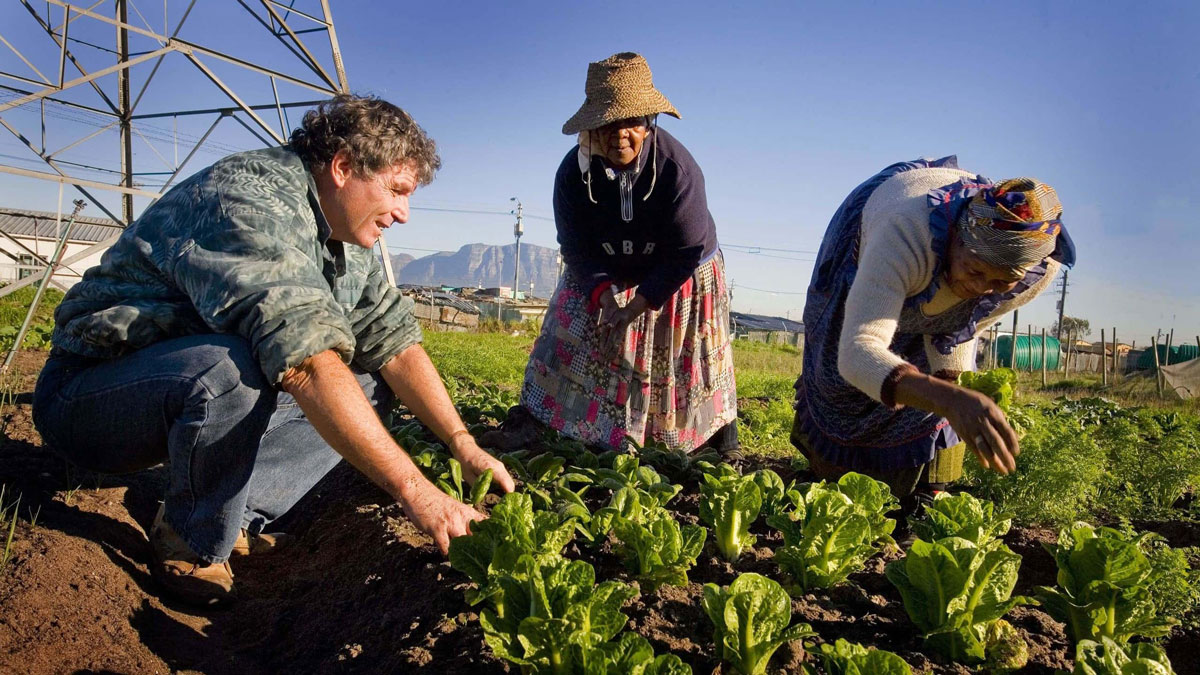Published 12 November 2024
Trade liberalization has consistently shown its power to drive sustainable growth. Commonwealth countries, especially lower-income ones, can draw valuable insights from success stories in Asia. While trade alone cannot guarantee development, it is a key component of strengthening food security, poverty reduction, and improving economic resilience.
Modern trade theory, rooted in the work of Adam Smith and David Ricardo in the 19th century, makes a strong case for open international trade. Early theories focused on how free trade allows countries to specialize in their comparative advantage and, via free exchange of exports and imports, provide for the most efficient international allocation of resources, from which all participating countries gain relative to autarky. Recent developments in trade theory build on these foundational concepts by introducing longer-term "dynamic" gains, which include heightened incentives for technological investment and the realization of economies of scale.
At the regional level, East Asia has been particularly successful in spurring economic growth through outward-oriented development strategies and market-friendly policies. In China, the trade-to-GDP ratio soared from 9% in 1978 to 37% by 2023, with per capita income surging 63-fold. This far outpaced the global average, where per capita incomes grew roughly six-fold during the same period. Alongside this economic growth, China’s poverty headcount ratio plummeted from 72% in 1990 to a mere 0.1% in 2023. Trade policy reforms played a crucial role in unleashing the potential of the Chinese economy and improving its economic structure. Vietnam’s experience is similarly remarkable. Following the launch of its doi moi economic reforms in 1986, the share of trade in GDP rose from 23% to a staggering 184% by 2022, while per capita GDP increased nearly tenfold. Vietnam’s poverty rate also plummeted from 45% in 1992 to 1% by 2022, positioning the country to achieve upper-middle-income status by 2025.
This primer, extracted from Michael Plummer’s paper on Trade, agriculture, and development: Meeting global challenges to Commonwealth countries, outlines the benefits of trade liberalization and its impact on productivity, technology transfer, and consumer welfare.
© The Hinrich Foundation. See our website Terms and conditions for our copyright and reprint policy. All statements of fact and the views, conclusions and recommendations expressed in this publication are the sole responsibility of the author(s).







